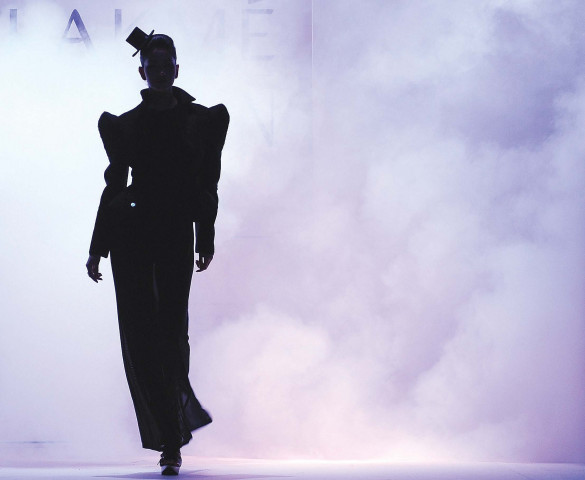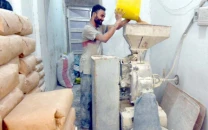What’s black and white and cute all over?
A baby zebra born at the Safari Park causes amazement as zebras never give birth in artificial environments.

DO Safari Park Syed Raza Abbas Rizvi claimed proudly that zebras never gave birth in artificial environments such as zoos and safari parks. “Zebras are only born in their natural habitat. This is the first time that a baby zebra has been born in a park!” he exclaimed.
According to Rizvi, the park has received congratulatory phone calls from the Czech Republic, Tanzania, South Africa and the US on their new addition.
At 15 kilogrammes, the baby zebra was described as ‘super fit’ by the DO. Moreover, the little animal, barely knee-high, was able to stand up on his shaky legs just 20 minutes after being born. A sure sign that he was healthy, said Rizvi happily.
However, the first 48 hours are crucial and the baby is going to be watched carefully by the park vet, Dr Kazim.
Dr Kazim reported for duty at 3 am and finally, around 8:30 am, the baby was born. Zebra births are tricky because they are shy animals and so doctors have to strike a balance between giving the animals their space but still being within distance of knowing when to intervene and help.
There are around seven to eight people, including a doctor, zookeeper and feeder, near the animals at the time of birth. “It is tough with animals because they can’t talk so you just have to watch them very carefully and observe their behaviour and sounds,” said Rizvi.
He said the baby will be given his vaccinations after two days. While the park administration did not allow the public to go near the zebra enclosure on Saturday, they plan to let visitors go from today (Sunday).
The mother and father zebras were among the four gifted to the Safari Park by a multinational company five years ago. The mother is said to be healthy and strong, as any visitor could tell by watching the animals gallop around their large enclosure.
When it was found that one of the two female zebras was pregnant, all hands were called on deck. The mother’s diet was given special attention. “Food supplements are given so that the mother stays healthy and gives birth to a healthy child,” explained Rizvi.
Park’s past, present and future
Established in 1970, the Karachi Safari Park started off at 350 acres of land. Several years down the road, encroachers have taken up more than half of the land. “At present the park is spread across 173 acres,” Rizvi said. There are two squatter settlements that have taken up the land that originally belonged to the park, which is run by the city district government. Both squatter settlements have now been regularised.
Rizvi claimed that the Karachi Safari Park is the biggest in Asia. They have 16 species including several kinds of deer, such as the red deer, hog deer, spotted deer, Eland and chinkaras, white camels, horses, two elephants and llamas.
While the park does not have the cat family, Rizvi said “giraffes and hippopotamus are in the pipeline”.
The process of getting an animal for the park is long and complicated. First they have to write the Sindh wildlife department and then the federal department. After which they get in touch with a government who can provide them the animal. The city government provides the funds for the costly procedure, which requires a contractor who can check the health of the animal in question and after keeping it in quarantine for a while, the animal is finally imported and brought to the park.
Private cars are not allowed in the park. The entry fee is Rs10 and an additional Rs20 buys a ride in the park’s coach, which goes through the park and gives people an opportunity to spy on the animals in their ‘natural’ habitat.
According to Rizvi, they get around 4,000 visitors everyday while on the weekends, the park can get as many as 10,000 visitors. There are also chairlifts, which give a bird’s eye view of the large enclosure.
Published in The Express Tribune, October 24th, 2010.


















COMMENTS
Comments are moderated and generally will be posted if they are on-topic and not abusive.
For more information, please see our Comments FAQ